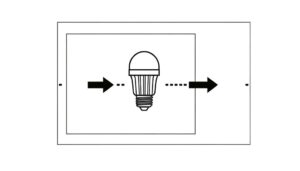What Does the Car Symbol Lightning Bolt Mean?
The car symbol with a lightning bolt typically indicates an issue with the electronic throttle control system. This problem affects the vehicle's acceleration and fuel efficiency and can lead to severe mechanical issues if ignored.
Common causes include sensor malfunctions, wiring problems, and software glitches. To diagnose the issue, use an OBD-II scanner to retrieve trouble codes and inspect relevant components.
Immediate actions should include safely stopping the vehicle and consulting the manual. Regular maintenance and keeping software updated are key preventative measures.
For a deeper understanding of diagnosing and preventing these issues, continue exploring.
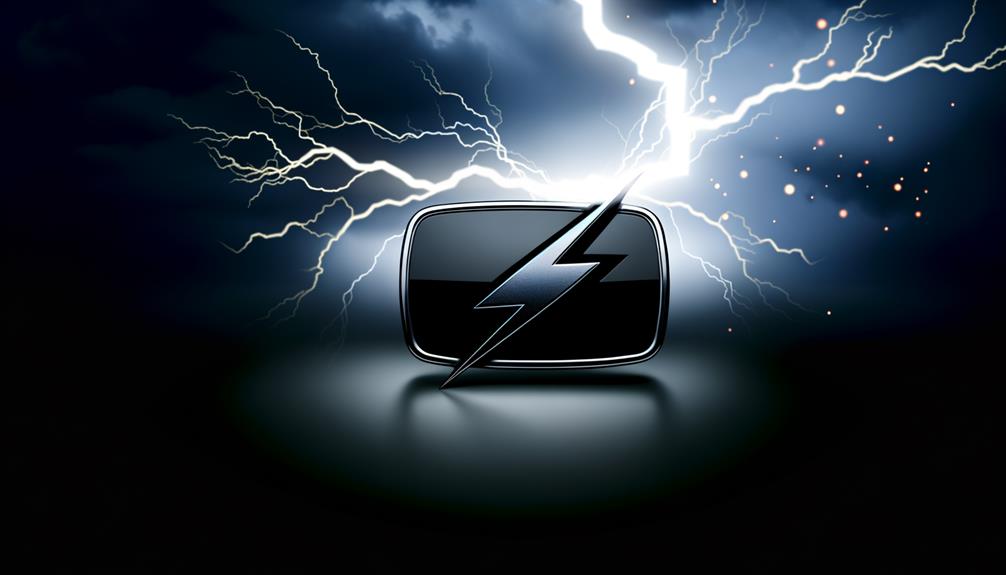
Key Takeaways
- The lightning bolt symbol indicates an issue with the electronic throttle control system.
- It signifies a potential malfunction affecting acceleration and fuel efficiency.
- Common causes include sensor malfunctions, wiring problems, and software glitches.
- Use an OBD-II scanner to retrieve and analyze diagnostic trouble codes.
- Regular maintenance and software updates can prevent this warning symbol from appearing.
Meaning of the Lightning Bolt
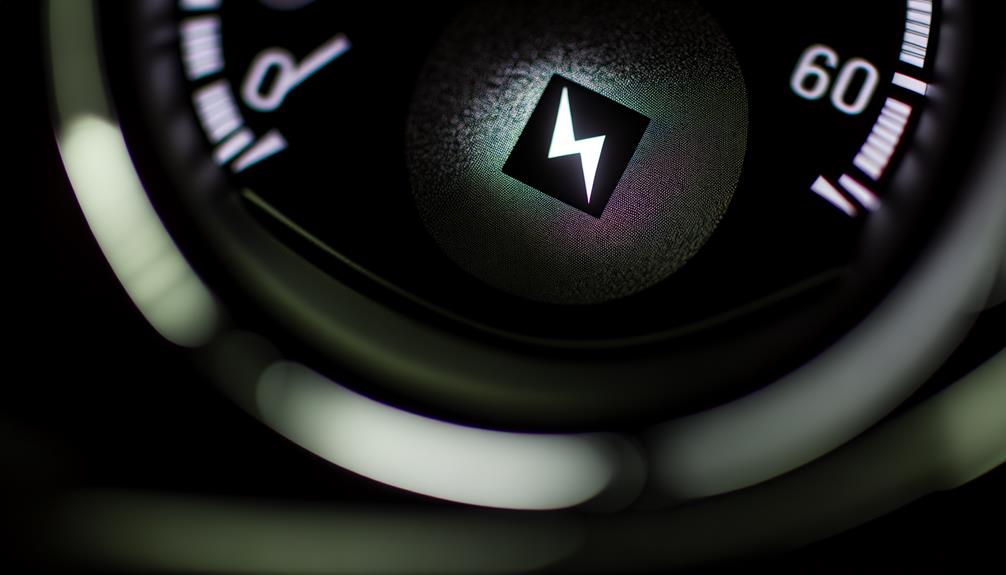
The lightning bolt symbol on a car dashboard typically indicates an issue with the vehicle's electronic throttle control system. This system is essential for managing the engine's power and performance by directly controlling the throttle valve's position.
When the dashboard light illuminates, it signifies a potential malfunction or irregularity in the electronic throttle system. This can affect the vehicle's acceleration, fuel efficiency, and overall drivability.
Understanding this symbol's significance is crucial to maintaining your vehicle's best performance. Ignoring it could lead to more severe mechanical problems.
Hence, recognizing and promptly addressing this warning can prevent further complications, ensuring the longevity and reliability of your car's engine management systems.
Common Causes
Common causes for the lightning bolt symbol to appear on your car's dashboard often stem from issues within the electronic throttle control system, such as sensor malfunctions, wiring problems, or software glitches.
Sensor malfunctions, particularly with the throttle position sensor, can disrupt the communication between the accelerator and the engine, leading to erratic performance or limp mode.
Wiring problems, including frayed cables or poor connections, can impair the electric signals essential for precise throttle control.
Software glitches, often resulting from outdated or corrupted firmware, may also trigger this warning light.
These issues can affect the vehicle's performance and should not be ignored, as they may compromise both efficiency and safety on the road.
Diagnosing the Issue
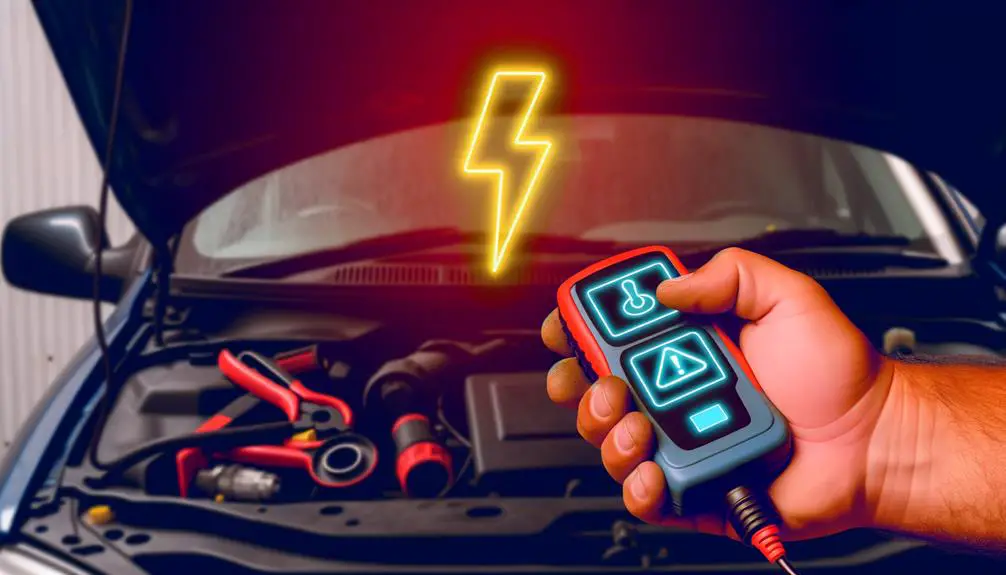
Identifying the root cause of the lightning bolt symbol on your dashboard requires a systematic approach to effectively diagnose issues within the electronic throttle control system.
Begin by using an OBD-II scanner to retrieve diagnostic trouble codes (DTCs), which provide specific error information. Analyze these codes to pinpoint malfunctioning components, such as the throttle body, sensors, or wiring.
Visually inspect these parts for obvious signs of wear or damage. Additionally, verify electrical connections to make sure they are secure and free of corrosion.
If the issue persists, consult the vehicle's service manual for detailed testing procedures. This methodical approach helps in accurately identifying the fault, thereby facilitating timely and effective repairs.
Immediate Actions to Take
Upon noticing the lightning bolt symbol on your dashboard, it is important to promptly address the issue to prevent potential damage to the electronic throttle control system.
First, safely pull over and turn off the engine to reset the system. Restart the engine to see if the symbol disappears. If it remains illuminated, refer to the vehicle's manual for specific guidance related to your model. Avoid driving extensively as it may lead to further complications.
Next, schedule an appointment with a certified mechanic to diagnose and repair the issue. Utilizing an OBD-II scanner, the mechanic can identify error codes that reveal the underlying problem. Immediate attention ensures that minor issues do not escalate into costly repairs or compromised vehicle performance.
Preventative Measures
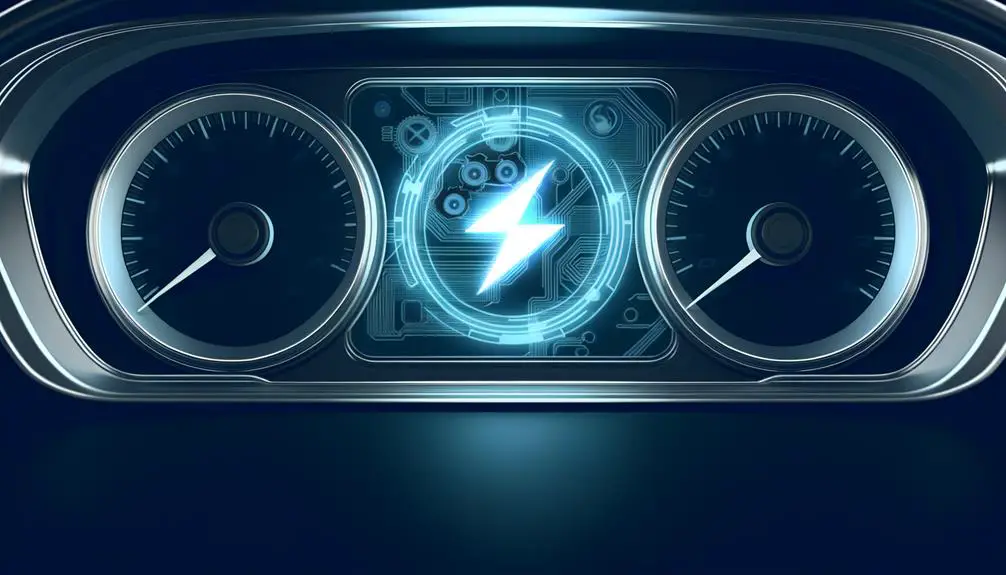
Implementing regular maintenance routines is essential to prevent the lightning bolt symbol from appearing on your dashboard.
Routine inspections of the throttle body, sensors, and electrical connections can preemptively identify potential issues before they escalate.
Ensuring that your vehicle's software is up-to-date can also mitigate risks associated with electronic throttle control systems.
Regularly checking for error codes using an OBD-II scanner allows for early detection of anomalies that may trigger the warning light.
Additionally, following the manufacturer's recommended service intervals for oil changes, air filter replacements, and other critical maintenance tasks can significantly enhance system reliability.
Conclusion
To sum up, the car symbol with a lightning bolt is not merely an innocuous dashboard icon but a harbinger of potential mechanical mayhem. Understanding its meaning and common causes, diagnosing the issue with precision, and taking immediate remedial actions are paramount.
Preventative measures are indispensable to thwarting future occurrences. Ignoring this critical warning could precipitate catastrophic engine failure, underscoring the importance of vigilance and proactive maintenance in ensuring vehicular longevity and safety.

